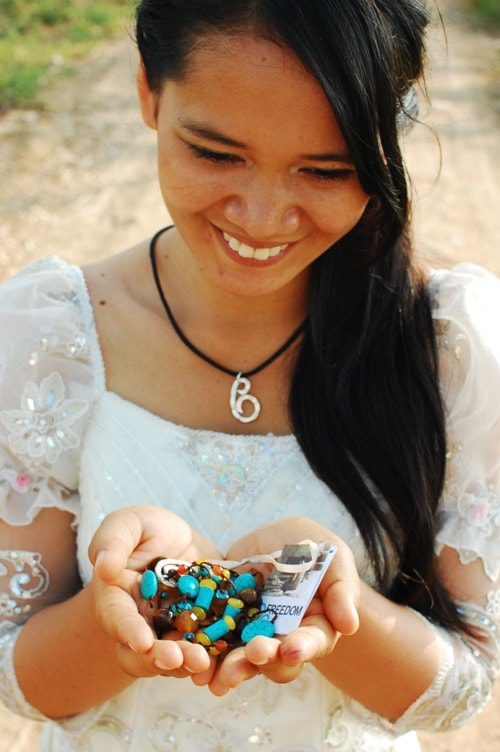Slavery is happening in B.C.
Both women and men are being trafficked for sexual exploitation and as slave labour.
Trafficking is often seen as an overseas problem, said Kirsten Hunter, who’s worked for both Epact International, a network of organizations battling trafficking, and B.C.’s Office to Combat Trafficking of Persons. But it’s also a problem in Canada, although it's harder to detect because of the hidden, underground, nature.
“It’s happening right here in our communities and to young women in communities, especially aboriginal women,” said Hunter.
People are lured from their communities by an individual who establishes a level of trust. Once away from support networks, the person is controlled, often through fear.
Those affected are often afraid to come forward because of consequences for themselves and their families. In one B.C. case Hunter dealt with, a women was forced to watch other women tortured and killed.
Hunter was one of three speakers discussing human trafficking at Vancouver Island University Tuesday during International Development Week.
Amanda Moore, a VIU alumni and consultant for Freedom Stones, and Brianne Labute, a VIU student in tourism management who interned for Freedom Stones, also spoke on the issue.
Freedom Stones is a non-profit organization that fights human trafficking through income generation projects, including jewelry making, to help participants obtain financial freedom, skills and empowerment.
“Human trafficking is a business, that’s why it really exists,” said Moore. “It’s the second leading business next to the arms business and drug trade. You can buy, rent and trade human beings more than one time.”
Poverty is a major contributing factor.
Some poorer families in countries like Ghana, in West Africa, are approached by people offering to take their children and provide opportunities for them to work and attend school. But once obtained, those children are forced into the sex trade or used as child labour.
Or people are simply abducted and forced into slavery.
Moore, who works to combat human trafficking in Ghana, Thailand and Cambodia, said one of the reasons for human trafficking is Western demand for cheap consumer products.
Three of the top industries that often use slave labour include the cocoa, banana and coffee producers, she said.
“Our products involve slavery – small kids working on small farms,” said Moore.
People in Nanaimo can reduce the impact by shopping for fair trade products and making smarter and more ethical choices, said Moore.
There is an app available through www.free2work.org that allows people to scan product bar codes to see if the brand they are buying is tied to child labour practices or human trafficking. And the website http://fairtrade.ca also provides consumer information.
“Addressing demand is huge and it’s one way we as westerners can make a huge impact,” said Hunter.
It’s not about feeling guilty but by making a conscious decision to combat trafficking, said Labute. Often a huge part of battling it is having a conversation about the signs of a trafficked person and what people can do to help, she said.
To report human trafficking please call Crime Stoppers, 1-800-222-8477 or go to www.cybertip.ca.
reporter3@nanaimobulletin.com
Sider:
According to the Salvation Army’s The Truth Isn’t Sexy website, www.thetruthisntsexy.ca, there are 27 million slaves worldwide.
About 250,000 of those are in North America, with some residing in Vancouver.
About 75 to 80 per cent of human trafficking is for sex, followed by forced labour and organ harvesting.
About 80 per cent of people sold into slavery are under the age of 24.
Only one to two per cent of trafficked individuals are rescued.
